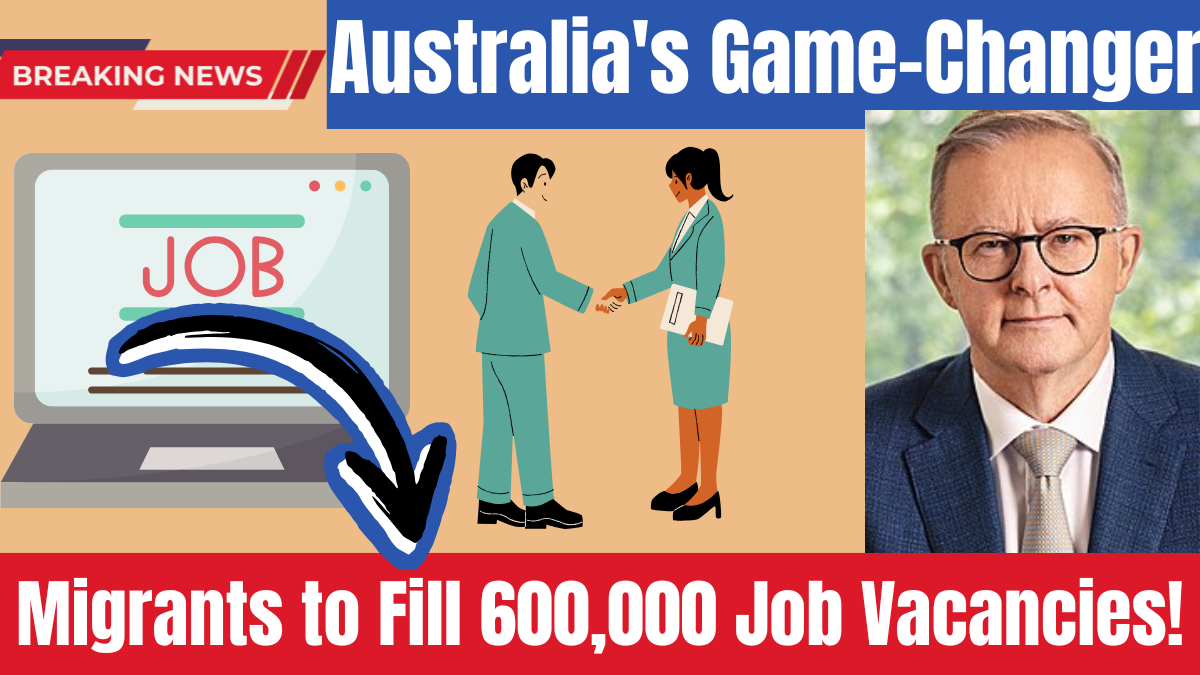Australia is facing critical staff shortages across key industries, with over 600,000 skilled migrants ready to fill these gaps. However, complex qualification recognition processes are preventing many from working in their professions.
With an estimated $9 billion in lost economic potential annually, unions and employer groups are urging the government to fix the skills mismatch and create a simplified national system to get skilled migrants into jobs faster.

What is the Current Problem with Skills Recognition?
According to Deloitte research, 45% of permanent migrants in Australia are working below their qualification level due to:
- Complicated skills assessment processes
- High costs associated with obtaining recognition
- Excessive waiting periods before securing employment in their trained profession
Breakdown of Skilled Migrants Facing Qualification Barriers:
| Profession | Number of Qualified Migrants |
|---|---|
| Management & Commerce | 201,000 |
| Engineering | 80,000 |
| Healthcare & Medical Fields | 50,000 |
Despite acute worker shortages, employers struggle to hire skilled migrants due to outdated qualification processes.
What’s Causing These Barriers?
The Australian skills recognition system is:
- Cumbersome and slow – Some skilled migrants wait up to 130 weeks for certification.
- Expensive – Overseas-trained professionals spend up to $51,000 on licensing and assessments.
- Overly fragmented – Workers must deal with multiple regulatory bodies rather than a single streamlined system.
For example, a foreign-trained doctor must navigate several licensing steps, often working in lower-paying roles while waiting for certification.
What Reforms Are Being Proposed?
The Activate Australia’s Skills campaign, backed by unions and employer groups, is advocating for:
- A national governing body to manage skills assessment and qualification recognition.
- Financial assistance for skilled migrants through subsidies or loans to cover assessment costs.
- Information centres in high-migrant areas to guide skilled workers through the recognition process.
By fixing the skills recognition process, Australia could unlock $9 billion in annual economic benefits.
How is the Public Reacting to These Reforms?
A poll conducted by Essential Research (January 2025) found:
- 61% of Australians support recognizing overseas qualifications if appropriate safeguards are in place.
- A similar majority agrees that faster recognition of migrant skills would help address shortages in healthcare, construction, and engineering.
What Actions is the Government Taking?
The Labour government is making small steps towards streamlining skills recognition in key sectors, including:
- Fast-tracking assessment and licensing for nurses from six countries, reducing wait times by up to 12 months.
- Consultations with industry and state governments to make the skills recognition system more efficient.
However, the government has not yet committed to the broader reforms proposed by industry groups.
What is the Economic Impact of Delayed Skills Recognition?
The current system is costing Australia billions by keeping skilled professionals out of their trained fields.
| Sector Facing Shortages | Economic Impact of Skills Mismatch |
|---|---|
| Healthcare | Increased pressure on hospitals and clinics |
| Construction & Engineering | Delayed infrastructure projects |
| Technology & Business Management | Lower productivity and innovation |
If Australia streamlines skills recognition, it can:
- Boost economic productivity
- Reduce labour shortages in critical sectors
- Increase migrant integration into the workforce
MUST READ: $280 Bonus for Australian Pensioners in February 2025 – Payment Dates And Eligibility
FAQs
How many skilled migrants in Australia are underemployed?
621,000 skilled permanent migrants are working below their qualification level due to recognition barriers.
What are the biggest industries affected by skills shortages?
Healthcare, construction, and engineering are among the industries most affected by worker shortages.
How long does it take for a skilled migrant to get their qualifications recognized?
In some cases, it can take between 35 and 130 weeks for a skilled worker to obtain Australian certification.
How much does it cost for overseas professionals to gain accreditation in Australia?
Costs can reach $51,000, making it difficult for migrants to afford qualification assessments.
What reforms are being proposed?
The campaign is calling for:
- A single national skills recognition body
- Financial assistance for skilled migrants
- Faster licensing processes for high-demand professions
Is the Australian public supportive of skills recognition reforms?
Yes, 61% of Australians support faster recognition of overseas qualifications to address workforce shortages.
What is the government doing to address these issues?
The government has started streamlining qualifications in sectors like nursing, but wider reforms are yet to be committed to.
How much economic benefit would reforms bring?
Recognizing skilled migrants’ qualifications could unlock up to $9 billion in annual economic growth.
Conclusion
Australia has 600,000 skilled migrants who could immediately help address critical labour shortages. However, an outdated skills recognition system is keeping many out of their professions.
With public and industry support for reform, the government faces growing pressure to simplify skills assessment, offer financial aid, and create a national governing body to oversee qualifications recognition.
By fixing these issues, Australia could strengthen its economy, address skill shortages, and boost workforce productivity.
A passionate content writer specializing in creating engaging, SEO-optimized content. With expertise in blogs, web copy, and storytelling, I craft words that connect with audiences and deliver results.
